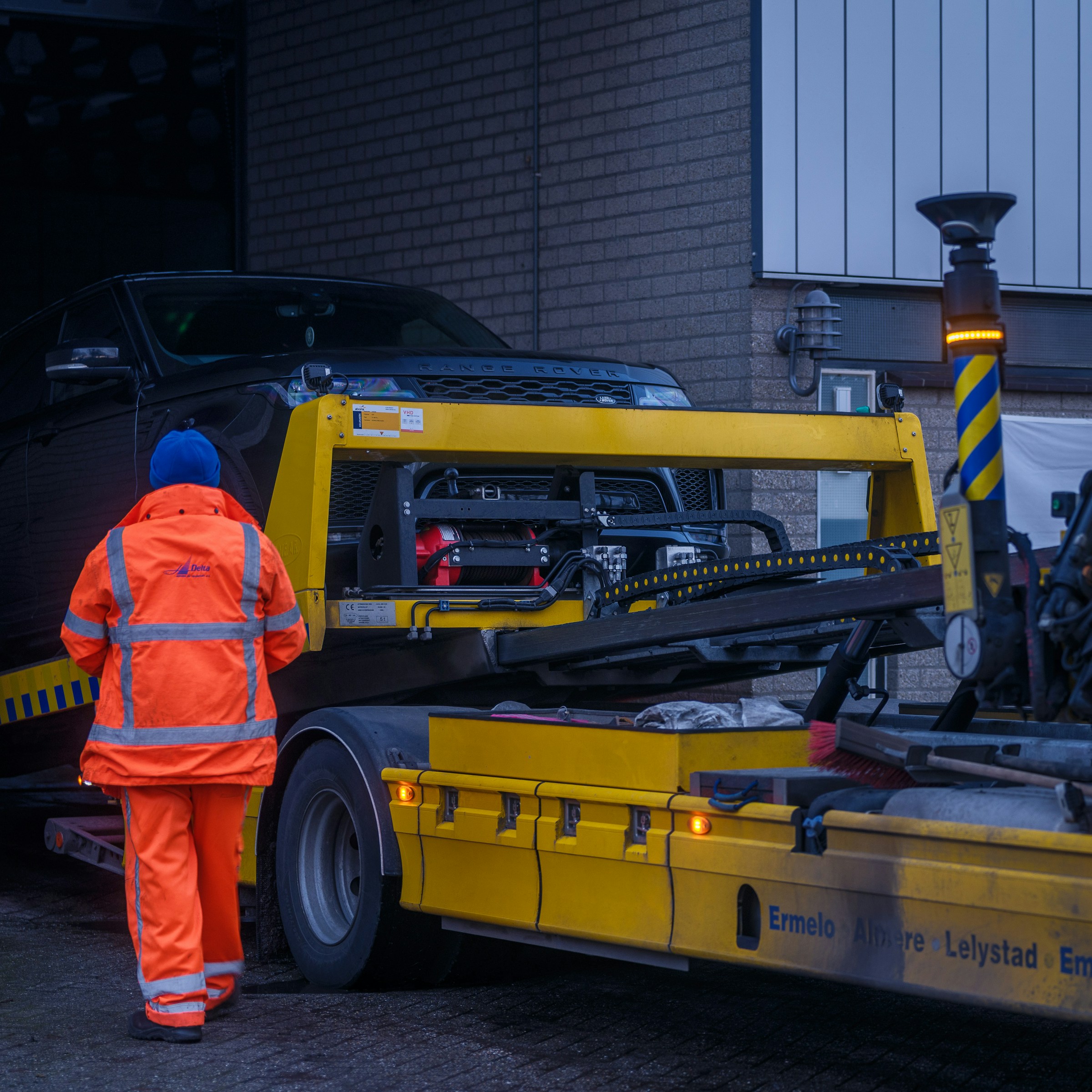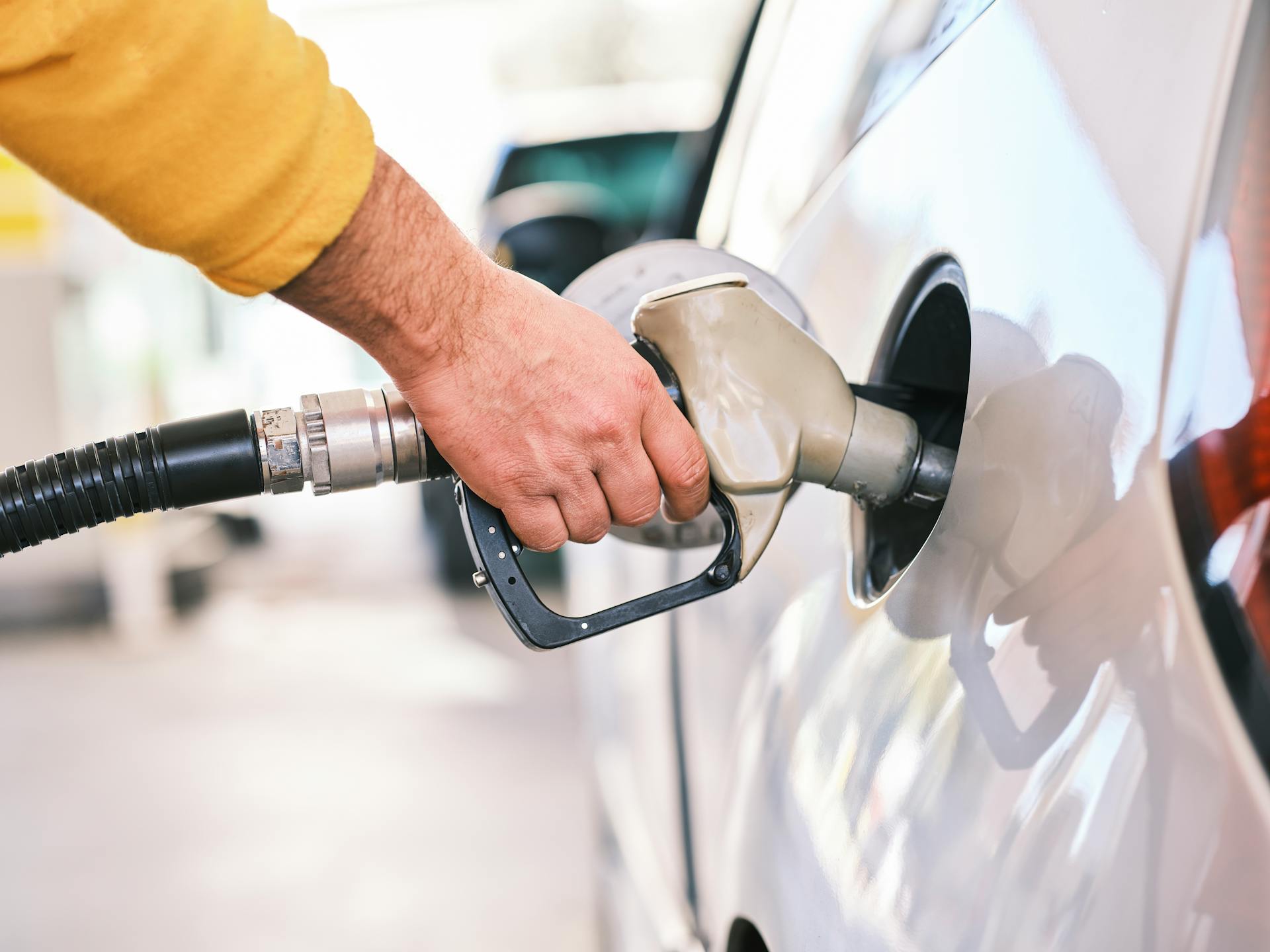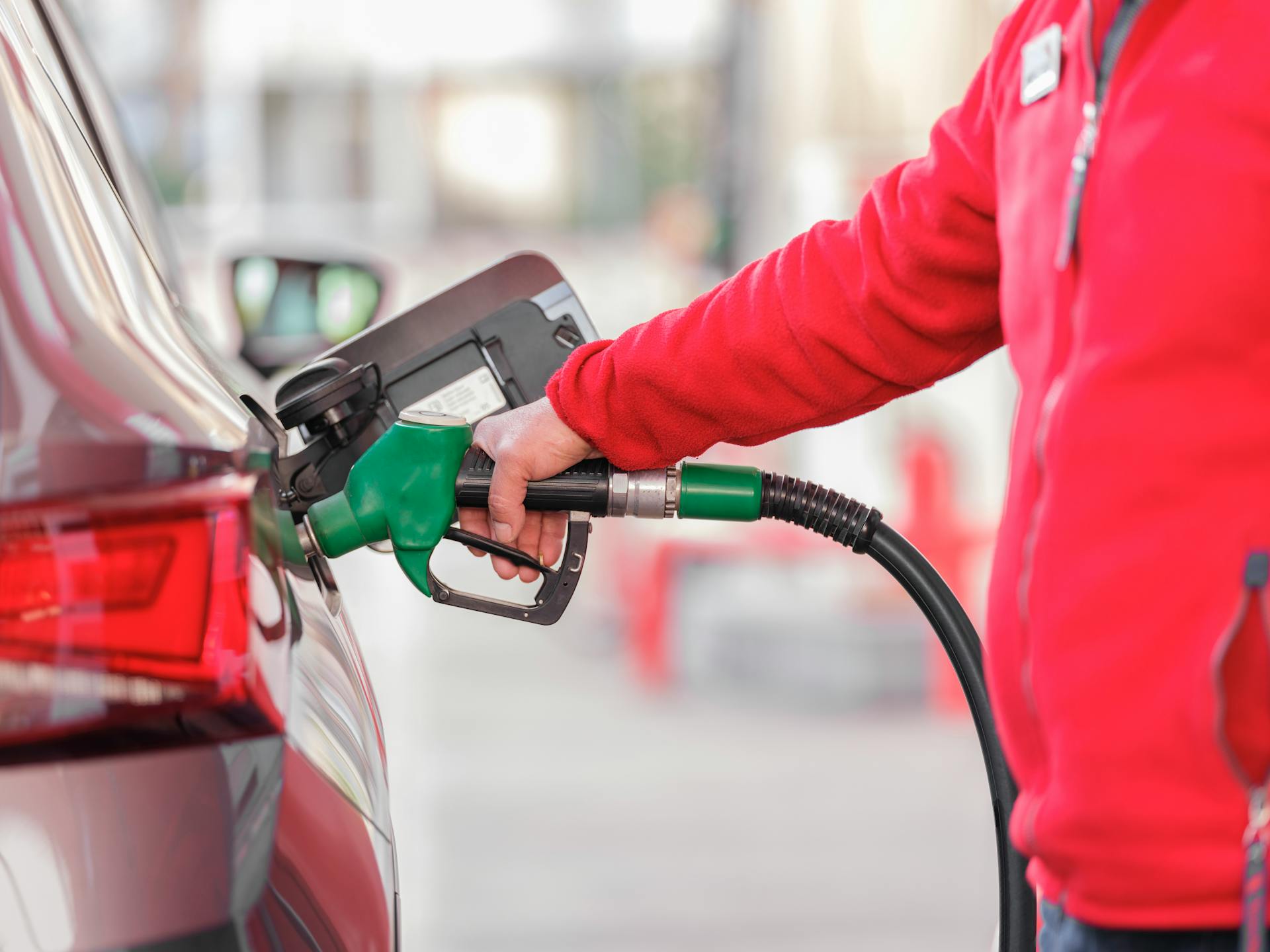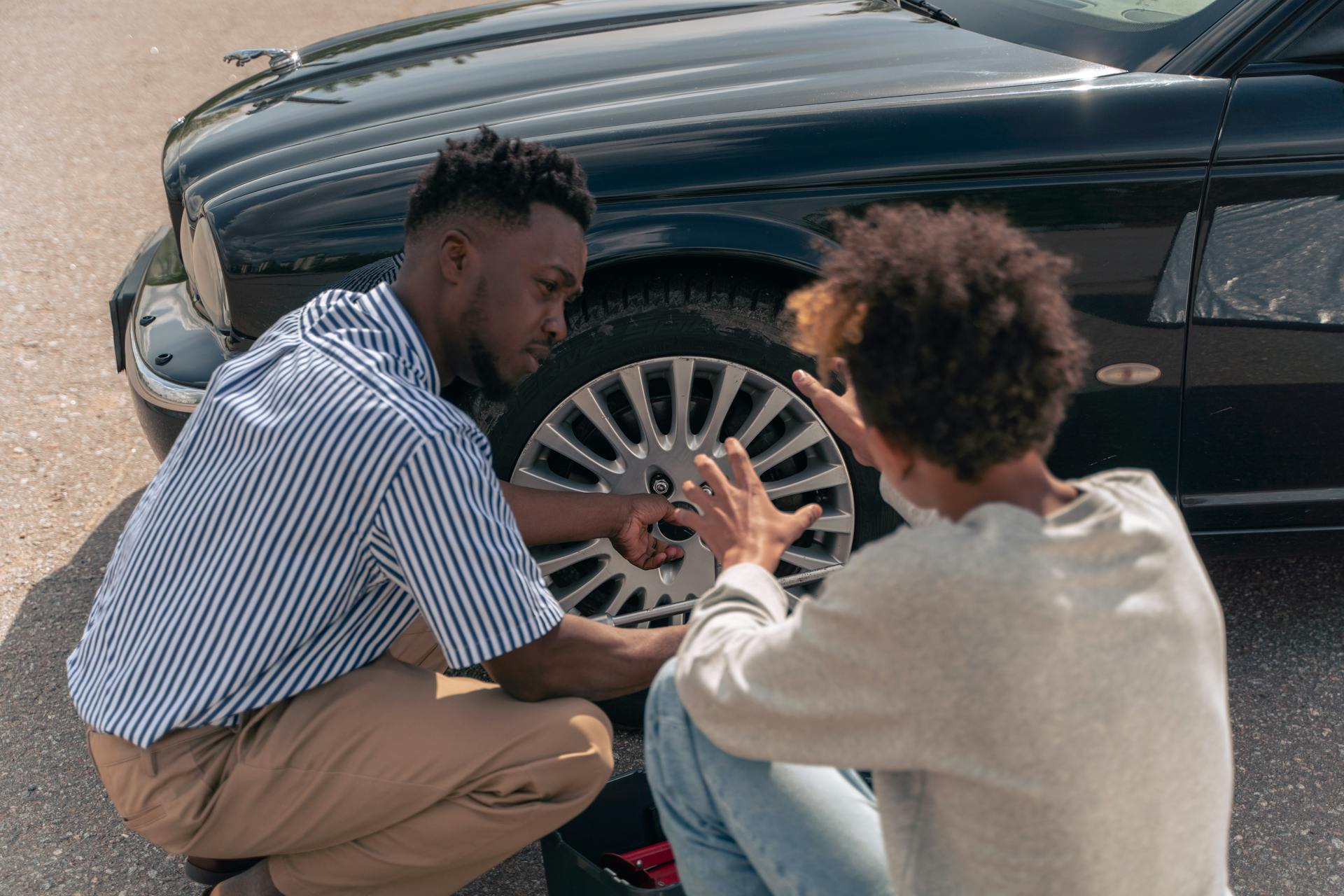Traction bars are aftermarket accessories designed to improve a vehicle’s traction and stability, particularly for trucks and SUVs used in towing or heavy-duty applications. For those who tow trailers, boats, or vehicles, understanding whether traction bars enhance towing performance is key to ensuring safety, efficiency, and vehicle longevity.
This guide explores how traction bars work, their benefits and limitations for towing, and practical considerations for their use, helping you decide if they’re a worthwhile addition to your towing setup.
What Are Traction Bars?
Traction bars are rigid metal bars or systems installed between a vehicle’s rear axle and frame, designed to reduce axle wrap and improve traction. Axle wrap occurs when the axle rotates upward under torque, causing the leaf springs or suspension to flex excessively, which can lead to wheel hop or loss of traction. Traction bars counteract this by stabilizing the axle, ensuring power is transferred effectively to the wheels.
Typically costing $150-$600, traction bars are common on pickup trucks like the Ford F-150 or Ram 2500, especially for off-road, towing, or high-performance use. They come in various designs, from simple bolt-on bars to adjustable systems, and installation can be DIY ($0-$100 for tools) or professional ($200-$400). For towing, their primary role is to enhance stability and control under heavy loads.
How Traction Bars Affect Towing
Traction bars can significantly impact towing performance by improving stability, traction, and vehicle control, particularly when hauling heavy loads. However, their effectiveness depends on the vehicle, load weight, and towing conditions. Below are the key ways traction bars influence towing:
1. Reduced Axle Wrap and Wheel Hop
When towing heavy loads (e.g., a 7,000-pound trailer), the torque from acceleration or climbing hills can cause the rear axle to rotate, leading to axle wrap. This flexes the leaf springs, causing wheel hop, where tires momentarily lose grip, reducing traction and control. Traction bars limit axle rotation, keeping the wheels planted and improving power delivery.
For example, a truck towing a 10,000-pound RV uphill benefits from traction bars, as they prevent wheel hop, ensuring consistent traction. This can reduce acceleration strain by 15-20%, per automotive studies, making towing smoother and safer, especially on inclines or uneven terrain.
2. Improved Stability and Handling
Heavy trailers increase rear axle load, causing the vehicle to squat and potentially destabilize handling. Traction bars stiffen the rear suspension, reducing squat and maintaining a more level stance. This improves steering response and braking control, critical for towing at highway speeds or in windy conditions.
A 2023 Chevy Silverado with traction bars towing a 9,000-pound trailer may experience 10% less body roll, enhancing driver confidence. This stability is vital for loads near the vehicle’s maximum towing capacity (e.g., 12,000 pounds for a heavy-duty truck), where instability risks sway or loss of control.
3. Enhanced Traction on Varied Surfaces
Towing on slippery or uneven surfaces, like gravel, wet roads, or off-road campsites, challenges traction. Traction bars ensure consistent wheel contact with the ground, reducing slip and improving pulling power. This is especially helpful for 4WD trucks towing in rugged conditions, such as a boat trailer on a gravel ramp.
For instance, traction bars can improve traction by 20% on loose surfaces, per off-road testing, making it easier to tow a 5,000-pound boat trailer out of a muddy launch. This benefit enhances safety and prevents getting stuck in challenging environments.
4. Reduced Wear on Suspension Components
Towing heavy loads stresses leaf springs, shocks, and bushings, with repairs costing $500-$2,000 if neglected. Traction bars distribute towing forces more evenly, reducing strain on these components. By limiting axle wrap, they also protect drivetrain parts like the differential and driveshaft, which can cost $1,000-$3,000 to repair.
For frequent towing (e.g., weekly hauls of a 6,000-pound camper), traction bars can extend suspension life by 10-20%, saving on maintenance costs. This durability is a long-term benefit for heavy-duty towing applications.
5. Limitations for Light Towing
For light loads (e.g., under 3,000 pounds), traction bars offer minimal benefits, as axle wrap and squat are less pronounced. A small utility trailer towed by a midsize SUV like a Toyota 4Runner may not require traction bars, as stock suspension handles the load adequately. Investing in bars for light towing may not justify the $150-$600 cost unless you also off-road or carry heavy cargo.
Additionally, traction bars can stiffen the ride, making it less comfortable when not towing. Adjustable bars ($300-$600) allow tuning for comfort, but fixed bars may feel harsh on daily drives without a trailer.
6. Potential Impact on Towing Capacity
Traction bars don’t increase a vehicle’s manufacturer-rated towing capacity (e.g., 10,000 pounds for a Ram 1500), as this is determined by the frame, engine, and transmission. However, they optimize performance within that capacity by improving traction and stability, allowing safer towing closer to the maximum limit. Exceeding the rated capacity remains unsafe, even with traction bars.
For example, a truck with an 8,000-pound capacity towing a 7,500-pound trailer benefits from traction bars for stability but can’t safely tow 10,000 pounds. Always check your vehicle’s manual for towing limits.
Practical Steps to Use Traction Bars for Towing
To maximize the benefits of traction bars for towing, follow these steps:
- Choose the Right Traction Bars: Select bars rated for your vehicle and towing weight. Bolt-on bars ($150-$300) suit light to medium towing (3,000-7,000 pounds), while heavy-duty adjustable bars ($400-$600) are better for loads over 7,000 pounds.
- Verify Towing Capacity: Confirm your vehicle’s Gross Trailer Weight (GTW) and tongue weight limits in the owner’s manual. Ensure the trailer’s weight (e.g., 6,000 pounds) is within capacity, even with traction bars.
- Professional Installation: Have bars installed by a mechanic ($200-$400) to ensure proper alignment and torque, or follow DIY guides if experienced. Misaligned bars can reduce effectiveness or damage suspension.
- Use a Weight-Distributing Hitch: Pair traction bars with a weight-distributing hitch ($100-$500) for heavy loads to further reduce squat and sway, enhancing stability.
- Adjust for Load: For adjustable bars, tune the tension based on trailer weight (e.g., tighter for a 9,000-pound trailer). Refer to the bar’s manual for settings.
- Inspect Regularly: Check bars, bolts, and suspension for wear before each tow. Tighten loose bolts ($5-$10 replacements) to prevent failure.
- Test Towing Setup: Practice towing in a safe area, like a parking lot, to assess traction and handling with bars installed. Test on inclines to confirm performance.
- Monitor Drivetrain: Watch for signs of strain, like transmission overheating, when towing heavy loads. Stop to cool down if needed to avoid $1,500-$4,000 repairs.
- Balance Trailer Load: Distribute 60% of the trailer’s weight in front of the axle to minimize sway, using a tongue weight scale ($20) for accuracy.
Real-World Example
Imagine towing a 7,000-pound travel trailer with a 2023 Ford F-250 equipped with a 2-inch leveling kit and traction bars. Without bars, the truck experiences axle wrap on hills, causing wheel hop and reduced traction. With traction bars installed, the rear axle stays stable, improving traction by 15% and reducing squat, making the tow smoother and safer. Paired with a weight-distributing hitch, the setup handles the load confidently, even on gravel roads, with minimal suspension wear.
Limitations and Considerations
- Cost vs. Benefit: Traction bars are a $150-$600 investment, worthwhile for frequent heavy towing but less critical for occasional light loads.
- Warranty Risks: Modifying suspension with traction bars may void parts of your vehicle’s warranty (e.g., suspension components). Check with your manufacturer, as denied claims could cost $500-$2,000.
- Ride Quality: Traction bars can make the ride stiffer, reducing comfort when not towing. Adjustable bars mitigate this but cost more.
- Legal Compliance: Ensure bars don’t alter vehicle height beyond local regulations, as violations can incur $50-$200 fines. Check DMV guidelines.
Conclusion
Traction bars help with towing by reducing axle wrap, improving stability, and enhancing traction, particularly for heavy loads (over 3,000 pounds) or challenging conditions like hills or off-road terrain. They don’t increase towing capacity but optimize performance within limits, reducing wear and improving safety. For light towing, their benefits may not justify the cost. Pairing bars with proper setup, like a weight-distributing hitch, maximizes effectiveness.
For affordable and professional towing needs, our $40 towing service near you can ensure your setup, including traction bars, is optimized for safe, efficient towing. By selecting the right bars, maintaining your vehicle, and following towing best practices, you can tow confidently with improved control and durability.







